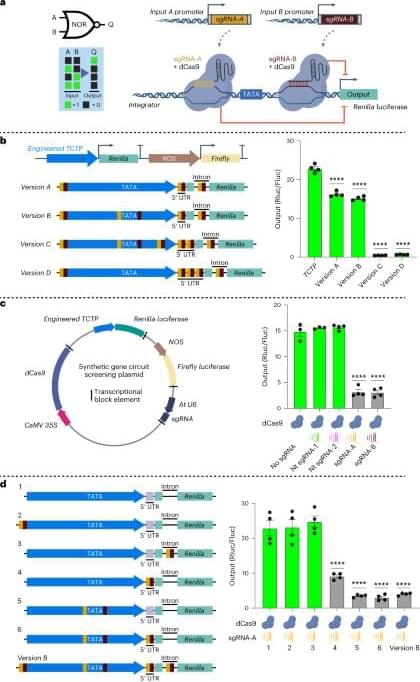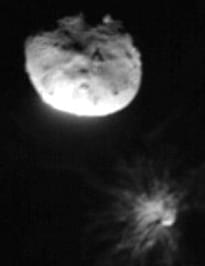How the microbes that make us sick also helped us evolve.



Go to https://brilliant.org/IsaacArthur/ to get a 30-day free trial and 20% off their annual subscription.
We often wonder where all the vast and ancient alien civilizations are, but could it be that they’ve migrated far away in space or time, or even journeyed beyond our cosmos?
Join this channel to get access to perks:
/ @isaacarthursfia.
Visit our Website: http://www.isaacarthur.net.
Join Nebula: https://go.nebula.tv/isaacarthur.
Support us on Patreon: / isaacarthur.
Support us on Subscribestar: https://www.subscribestar.com/isaac-a…
Facebook Group: / 1583992725237264
Reddit: / isaacarthur.
Twitter: / isaac_a_arthur on Twitter and RT our future content.
SFIA Discord Server: / discord.
Credits:
The Fermi Paradox: Migration.
Episode 459; August 8, 2024
Produced, Written \& Narrated by: Isaac Arthur.
Graphics:
Jeremy Jozwik.
Ken York.
LegionTech Studios.
Sergio Botero.
Select imagery/video supplied by Getty Images.
Music Courtesy of Epidemic Sound http://epidemicsound.com/creator.
Lombus, \
Professor Donald Hoffman is a cognitive neuroscientist and the author of more than 90 scientific papers and three books, including Visual Intelligence and The Case Against Reality.
He is best known for his theory of consciousness, which combines evolutionary theory with mathematics to make a compelling case that the reality we see every day is an illusion created by our minds.
In this conversation, we explore:
— The groundbreaking scientific research being conducted by physicists into the “structures” beyond spacetime.
— Donald’s theory of conscious agents.
— The implications his theory of consciousness has for our understanding of the purpose of life.

Stress sensitive neural circuits change the gut microbiome and the duodenal glands.
Precision mapping of a gut-brain circuit w/ functional impact.
Glands in the small intestine (Brunner’s) have GLP-1 receptors, are stress-sensitive, connect to the brain via the vagal nerve, modulate bacterial…
Stress leads to disarray of the gut microbiome, which in turn causes inflammation and a drop in the body’s ability to fend off infection.


When an interdisciplinary conference lasts a little longer…
929 likes, — adamdthompson on July 22, 2024: ‘Mine in this week’s @newyorkermag’



Images that NASA’s DART spacecraft captured of an asteroid moments before it intentionally collided with the object in 2022 have now allowed researchers to gain fresh insights into the celestial bodies.
The slew of studies published this week using data gathered from the asteroids Didymos and Dimorphos are an indication, researchers say, that the DART mission accomplished far more than just proving that potentially dangerous asteroids can be redirected from a trajectory toward Earth.
The findings published Tuesday across five research papers help to characterize the origin, evolution and physical characteristics of the two asteroids, located within 7 million miles of Earth. What the researchers discovered could help scientists better understand binary asteroids, such as Didymos and Dimorphos, in which the smaller body orbits the other.